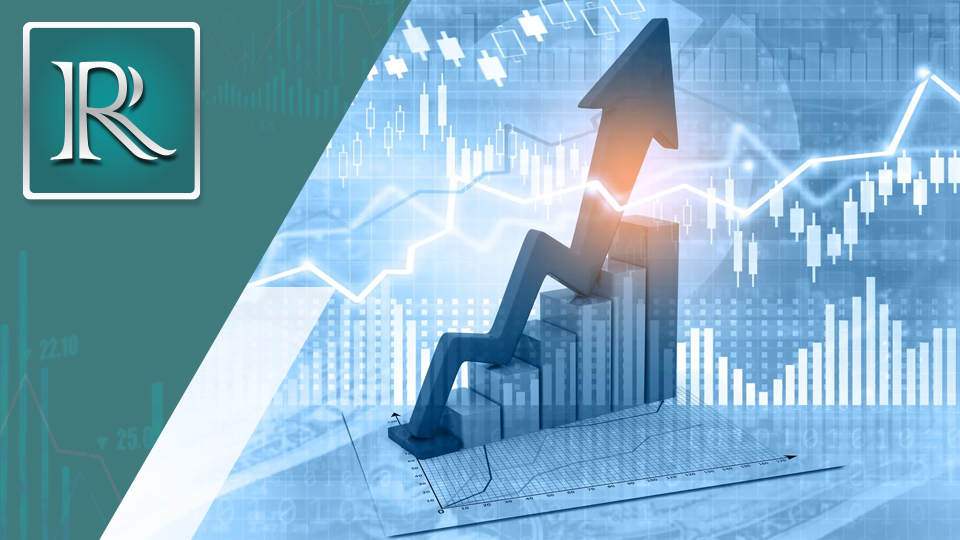Making investments can be a very enriching experience; they can make it easier for us to grow our savings and help meet our financial goals. However, we all have a friend or neighbor who had a bad experience with an investment and sometimes we feel that we do not have enough information and that it is best not to get involved. Randall Castillo Ortega, the founder of Costa Rican and Panamanian small- and medium-sized business lender RACO Investment, provides some tips that can be followed before making an investment that can prevent future headaches.
Know your investment profile. The first step is to be clear about your risk tolerance, your return and risk objectives, and your investment horizon, liquidity, tax restrictions, and particular circumstances restrictions.
Remember that the return is the payment for the risk. This means that instruments that pay very little usually have a low risk, while those that pay a lot usually have a high risk. Economists always say there is no free lunch; this is particularly true in investments. Except for some anomalies, usually one gets paid for his ability to take risks.
The rate that an investment pays is usually denominated in annual terms. Explains Castillo, “This means that, when you are told that a three-month instrument pays 2% per annum, this means that in three months, you will earn approximately 0.50%. If every time the instrument expires, you renew it, in one year, it would earn about 2%. This in no case means that in a year, you will win 8%. In monetary terms, if you invest 100 colones in three months’ term at 2%, at the end of the three months, the value of the investment would be 100.5 and, if you reinvest in the same instrument, at the end of one year, it would be 102.02 colones.”
On the other hand, if a 10-year instrument pays 10%, this means that every year you will earn 10%. In monetary terms, if you invest 100 colones, ten years to 10%, in the first year, the value of the investment would be 110 colones, and, by the end of the ten years, its value would be 259 colones.
Always be clear about the frequency of the interest rate. Most commonly, it is denominated in annual terms, but there are some entities, especially those that provide credit, that charge monthly fees.
Have a trusted financial advisor. Asserts Castillo, “The advisory-investor relationship is fundamental, as the advisor is the one who will have to evacuate all the doubts you have. After the 2008 global financial crisis, the investment industry underwent major transformations, many of which were in favor of the investor. One of the most important changes was to strengthen the ethical commitment of financial advisors to investors. Many authorized financial advisors are now required to follow a code of ethics that usually details, among other things, the adviser’s responsibility to be transparent with the investor and to put the investor’s benefit before the benefit of the firm for which he works and his own. Ask your advisor about your code of ethics, and if you feel more comfortable, even ask for a copy and read it.”
Understand the investment instrument. Nothing is so hard to explain or so hard to understand. Ask your financial advisor many questions, be sure to be sure that you fully understood the instrument. See under what circumstances the investment wins and when you lose. Almost all investments have the potential to end up at a loss, so it is important to know under what market conditions this would materialize. See if your investment changes in value every day or if you don’t, and make sure you’re clear under what circumstances the investment wouldn’t pay what’s agreed.
See if the instrument is market-valued or not, whether it is marketable on the secondary market or not, and whether and with what consequences the position can be reversed. The first thing would indicate that the value of my investment will change daily due to market fluctuations. “If the instrument is marketable in secondary markets,” says Castillo, “I can sell the instrument at the time you require it, but if it cannot, you will have to wait until maturity. There are also instruments that cannot be reversed, or that, upon doing so, charges a penalty, be sure you know all these details.”
If an investment seems too good to be real, it’s usually because it is. Remember that return is payment for risk. It is very difficult for an investment to pay a high return if a high risk is not being assumed. Ask until you have clarity about the implications of a “too good” investment. Investments are valued in the context of the total portfolio. If you already have other investments, ask how your portfolio’s return and risk profile changes with the addition of this new asset.



